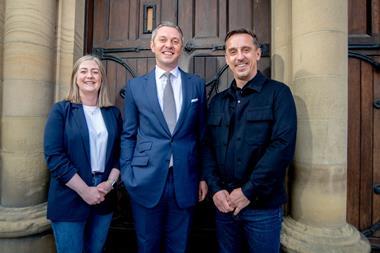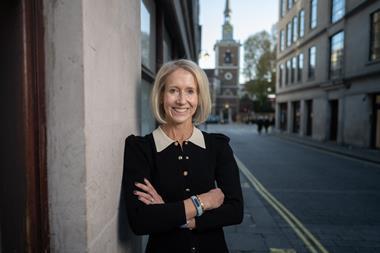It is autumn 2021. You receive an email from the head of HR at your company with a ‘welcome back’ subject line and a reassuring smiling emoji tagged on the end. Your stomach churns and your heart is not sure if it should soar or sink. You are returning to the office.

Of course, it will be a different kind of office. Hybrid working and increased flexibility are both key employee expectations now, and so is a focus on wellbeing. Businesses know that getting people back to their desks is not only about opening the doors; they need to be tempted through them and reassured when they arrive.
For many of us, the past 18 months have been extremely challenging. The clean break between work and home has blended. The boundaries between our beds and our desks have blurred. It has suited some, but not all. For every person excited about returning to a more structured workspace, another will be reluctant. So, how can companies help people on both sides of this divide?
It is not as simple as spacing out desks, installing hand sanitiser stations on every available surface and reinstating Friday drinks and Monday breakfasts. No, it is a case of restoring confidence, combining the best of the old ways with new opportunities and making the office a place where people want to work – somewhere they can be productive and feel safe, valued and inspired.
Artful solutions
The ability of art to transport us, elevate our mood and unlock our own creativity is, of course, well documented. Art has the power to make us feel good, motivated and excited. It is why we will fly thousands of miles (when we can) to see a single painting and fill our houses with reproductions or originals, fuelling a multi-billion-pound global industry as we do so.

What people are starting to realise now, however, is that this incredible power and value also translates into the workplace. According to the British Council for Offices, 83% of workers think art can enhance morale and have a positive impact on the workplace, while Forbes has noted that 78% believe art can help reduce stress and encourage the expression of opinions.
Perhaps most importantly for companies trying to work out how to encourage people back into high-cost offices amid prolonged economic instability, the Business Committee for the Arts has published research demonstrating that 64% of workers are more creative and more productive when art is displayed in their workplace.
Giant corporations may have the luxury of a rotating collection of big names and old masters they can wheel out to draw people in; other companies are not so fortunate. Luckily, these days, great art that relaxes, stimulates and inspires can be yours without extreme cost or the need for round-the-clock security.
Whether you are moving office, renovating your headquarters or looking to expand into a cat-A+ space, you should be thinking about what could go on your walls as well as how big your breakout area should be. And if you are not sure what is right for you, a consultant can help you find the perfect pieces at an accessible price point.
Art is the cherry on the office cake and the item on your cost budget that could actually end up paying dividends. It can help your workplace stand out, make it somewhere people want to be and support both your team’s wellbeing and your bottom line.
Chris Haines is creative director at Harris Haines




























No comments yet